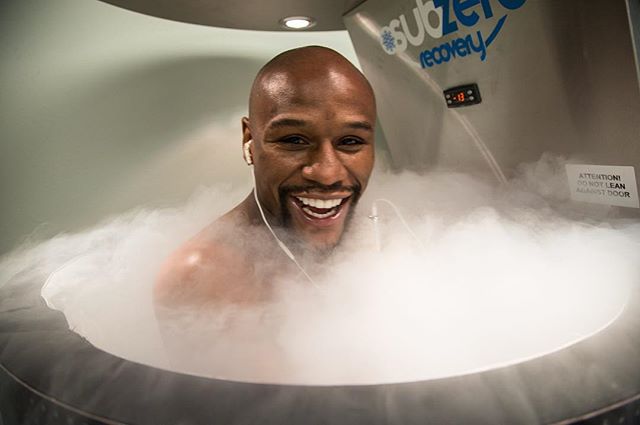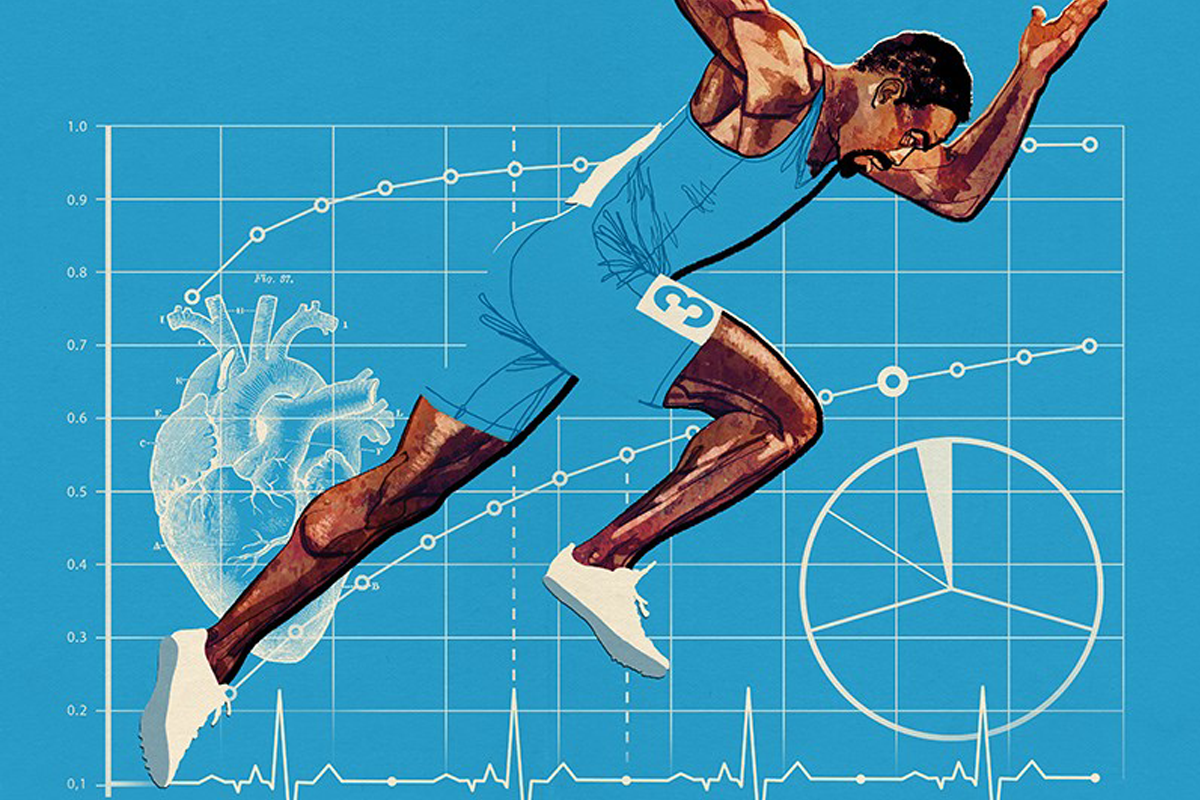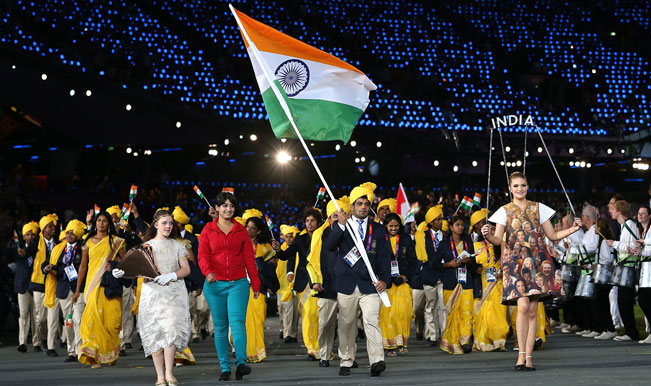What is Sports Science?
Sport science applies the study of science to sporting activities. The focus of sport science is to help maximise performance and endurance in preparation for events and competitions while lessening the risk of injury. It’s used to help identify strengths and weaknesses so that a training program can be individualised for everyone from athletes. The elderly, and everyone in-between.
Sports Science has been around for a very long time. Back in the times of the early Olympics in Greece, there is evidence of how athletes would train in a specific way prior to the actual games commenced. One such example was of a Greek legend called Milo of Croton, a 5-6 time Olympic Champion Wrestler. It is said that Milo carried a calf on a hill every day for 4 years until it became a fully grown bull and that led him to gaining immense strength. In modern day sport, we know it as “The Principle of Overload” – it means that in order to improve, athletes must continually work harder as their bodies adjust to existing workouts.
Another example is the one usage of the concept of Micro cycles in the Roman ages. Gladiators had a cycle known as the Tetrad System, in which 4 days prior to the event, the athlete would involve preparing, High-Intensity Interval Training (HIIT), recovery and sport specific workouts. In today’s day and age, athletes follow a 7 day micro cycle. An example of this is an endurance block where a cyclist strings three or four long rides together within one week to progressively overload training volume.

A sports scientist works alongside a coach to improve the overall performance of the athlete. Knowing how the human body acts and performs allows training programs to be designed for the clients to reach their maximum potential. Sports science covers four main key sciences:
1. Psychology: The psychological demands of physical activity can determine if an individual is able to achieve success and optimal performance. Taking psychological factors into account can affect performance.
2. Physiology: Physiology takes into account the way that the human body functions when exposed to exercise and physical training.
3. Biometrics: Biometrics is the science of measuring and studying biological data which includes hormone and glucose levels. People who keep an eye on this data are able to improve their health and energy.
4. Motor control/learning: Motor control/ learning is the way that a human is able to organise their motor skills. By gaining motor control people are able to move accurately and swiftly while minimising energy use and avoiding injury.
A key pillar in strength and conditioning training is fully assessing movement patterns so that use of proper movement correct techniques can prevent injuries. Injury prevention is highly beneficial to athletes. Injuries can be minimised through stretching, proper nutrition, proper training and recovery.
Modern day techniques are extremely effective and here are some of them.
1. Cryotherapy
It is an incredibly popular practice in sports, and it is gaining a lot of attention in the past few years. The concept of cryotherapy is to expose parts of the body to freezing or near-freezing temperature. While it is not the most fun experience, especially for those who hate the cold, it is said to help with recovery during the sports season.

2. Hyperbaric therapies (such as hyperbaric oxygen therapy)
This is another increasingly popular technique amongst sports teams. Hyperbaric oxygen therapy is said to repair and regenerate tissue, limit swelling, stop infections, and aid in muscle soreness after intense training sessions. Hyperbaric oxygen therapy is very good for treating head injuries, such as serious falls or concussions. It is being used at an increasing rate in sports such as American football, where head injuries are a serious concern. But it also helps with other injuries and soreness throughout the body.
3. Compression Technology
Athletes involved with sports that tax their legs can benefit immensely from technology like the NormaTec leg boots. NormaTec combines sports science and technology to create leg compression that assists athletes in recovery and injury prevention. The system comes with a control unit and attachments that can go on the legs or arms. Compressed air is used to massage limbs and mobilize fluid around the area.

Sports Science has been extremely beneficial not only because it collects data but has been able to give beneficial feedback to its users over the course of time to improve performance. Here are a few unique observations that sports scientists have collected in the recent years.
Playing multiple sports helps an athlete perform better.
Playing cricket or swimming can actually help play golf better.
Michael Phelps having a longer wingspan (6″7) helps him genetically be perfect for the sport of swimming.
Gymnasts shorter than 5ft perform better as the power to weight ratio is better.
The cardiovascular ability required for tennis can be developed by playing football.
What would you like to know about sports science?
Let us know in the comments!
#Vilayinsights




